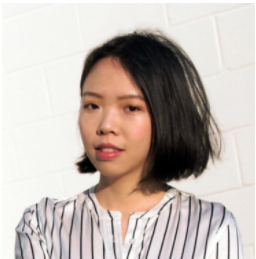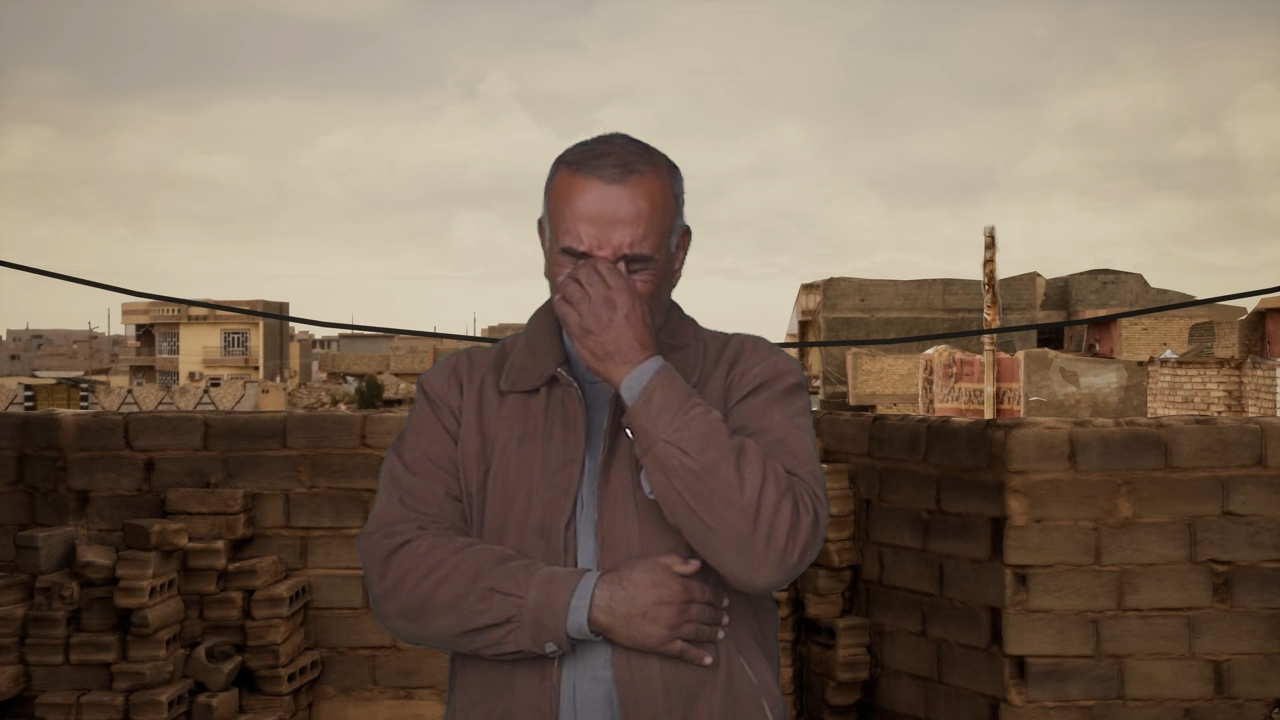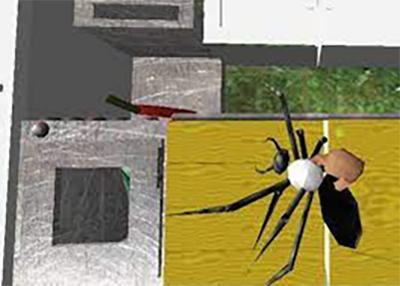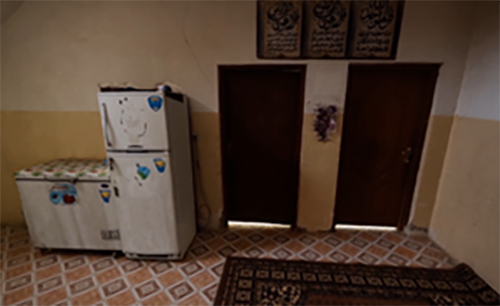VR AS A TOOL FOR SOCIAL CHANGE

Written by Linda Zhang
Virtual reality is an amazing tool for creating immersive experiences. While traditional 2D media provides a window through which we can peek into a world that otherwise can’t be seen, a VR headset “puts” us there by supplying an entire suite of mesmerizing 3D visuals, audio, and haptic stimulation. Together, these attributes enable VR game designers to design breathtaking games and create life-like simulations. While big-budget games may garner all the attention, VR can be an indispensable tool for achieving positive social change. In this blog entry, I would like to share how virtual reality is being used or could be used for social good to inspire the production of meaningful VR experiences beyond just games and entertainment.




As a powerful tool for empathy, VR can be a valuable medium for compelling storytelling.
Developers can design virtual reality to create training scenarios that allow users to test or develop skills, such as public speaking, before applying them within physical space. For those who experience severe anxiety standing before a room full of people, we can create a tailored VR experience complete with virtual characters looking at the player or utilize a 360-degree video recording of actual people seated in a lecture hall. We could even program the audience to occasionally interrupt the user’s speech with questions to better prepare users for situations where they lose their trains of thought.
VR is also helpful in safely simulating stressful accidents or dangerous scenarios. Allowing users to adequately prepare for these situations reduces the likelihood of panic or chaos should these dangers ever arise in physical space. This ideology is commonplace within the field of VR training.
Some VR experiences function to help people overcome PTSD or various phobias. Psychological studies have shown that exposure therapy is the most effective treatment for phobias; VR can be a powerful tool throughout this process because of its ability to provide a safe environment where the fears can be slowly introduced.




VR Therapy for Spider Phobia created by HITLab, University of Washington
A well-designed VR experience brings a state of presence to the user that can be leveraged as a powerful tool for users to empathize with communities that they may never meet or relate to in physical space.
In a VR demo created by the Georgia Tech School of Interactive Computing, the user operates a wheelchair to maneuver through a virtual space decorated with stairs and ramps. The demo enables players to empathize with wheelchair users and appreciate the accessibility services that ableists often take for granted. Ultimately, experiences like this may lead to greater advocation for accessibility services in physical spaces.
First Impressions is a VR experience that depicts how babies view the world throughout their first 6 months. Beginning with blurry, black and white vision that gradually grows into the colorful, lively world we recognize today as adults, this experience helps us to understand the limited sensory aptitude of babies. Maybe the next time you see a baby crying, you won’t be as annoyed!
Other VR experiences like Anne Frank House VR and Home After War, in which refugees return to their homes under Islamic State (IS) control. These experiences help users empathize with individuals who’ve experienced war at home by placing users in the shoes of real people to empathize with their situations.




As a powerful tool for empathy, VR can undoubtedly be a valuable medium for compelling storytelling. Development in Gardening (DIG), a non-profit organization devoted to improving the nutrition and livelihoods of vulnerable communities, created a 360-degree film entitled “Growing New Roots” that documented “nutritionally vulnerable communities throughout sub-Saharan Africa.” Produced by Dana Xavier Dojnik, the film’s use of 360-degree cameras provides an authentic view of their cultures and lifestyles. When I watched the movie, it felt like I was there, standing alongside the people in Uganda doing their daily activities.



